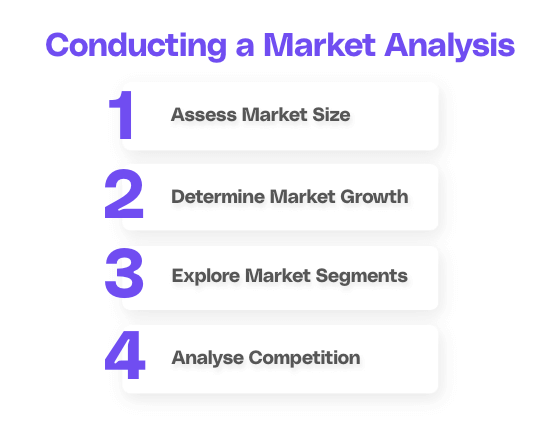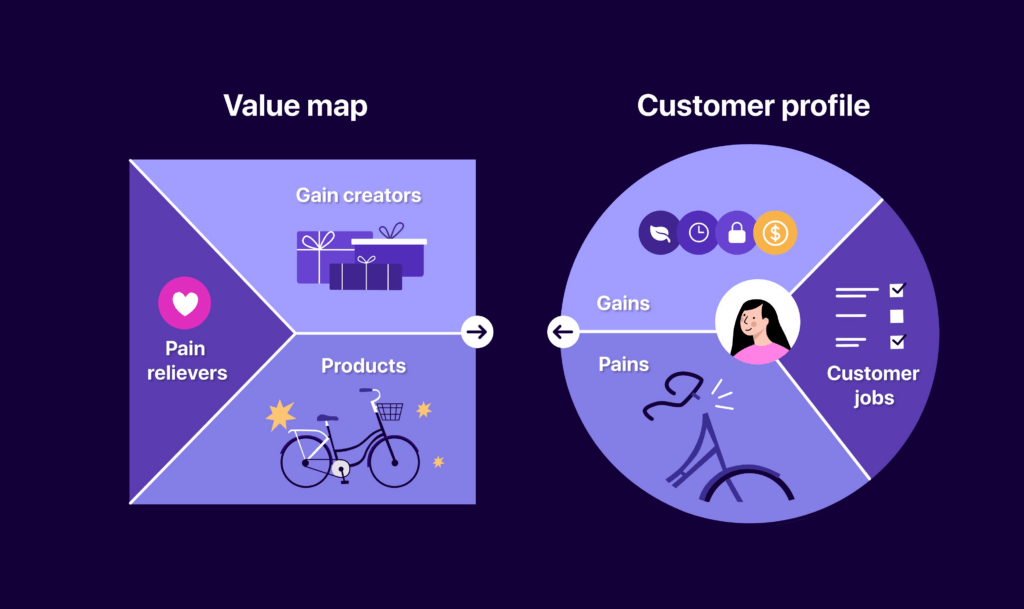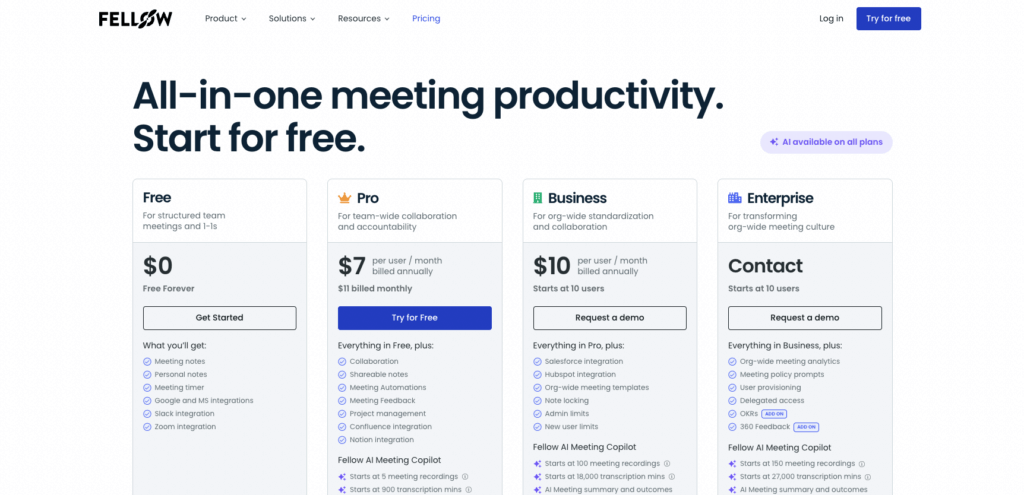In today's competitive business landscape, having a well-defined go-to-market strategy is vital for organizations looking to successfully launch and sell their products or services. In this comprehensive guide, we will deep dive into the concept of a go-to-market strategy, its key components, steps to develop one, different types, challenges in implementation, and how to measure its success.
Understanding the concept
Before delving into the specifics, let's start by understanding the very definition and importance of a go-to-market strategy.
A go-to-market strategy is a well-defined plan outlining the target market, value proposition, marketing and sales strategies, and steps needed to effectively bring a product or service to market. It serves as a roadmap for organizations, helping them navigate the complexities of launching and positioning their offerings.
The importance of a go-to-market strategy cannot be overstated. Without a clear plan in place, companies risk launching products with no direction, leading to wasted resources, missed opportunities, and ultimately, failure in the marketplace. A well-executed go-to-market strategy is crucial in maximizing growth potential and achieving market success.
Key components
Now, let's dive deeper into the key components of a go-to-market strategy:
Market analysis
Understanding the target market is a critical first step in developing a go-to-market strategy. This involves conducting thorough research to gain insights into the market's demographics, competition, and trends.
By analyzing the market, companies can identify their ideal customers, their needs, and the pain points that their product or service can address. This knowledge forms the foundation for crafting an effective value proposition.

Value proposition
A strong value proposition is what sets a product or service apart from its competitors. It defines the unique value that the offering brings to customers and communicates why they should choose it over other options available in the market.
A well-crafted value proposition highlights the benefits, features, and advantages that make the product or service desirable and valuable to the target audience.

Marketing and sales strategy
Once the target market and value proposition are established, the next step is to develop a comprehensive marketing and sales strategy. This involves determining the most effective tactics and channels to reach and engage the target audience.
It also includes defining the sales approach to convert leads into customers. A successful marketing and sales strategy ensures that the right message is delivered to the right people at the right time, maximizing the chances of conversion.

Pricing and packaging
Setting the right price for a product or service is crucial for its success in the market. The pricing strategy should take into account factors such as production costs, competitive pricing, and customer willingness to pay.
Additionally, determining the optimal product packaging is important in aligning with market demand and customer preferences. Packaging plays a significant role in attracting customers and conveying the value of the offering.

Distribution channels
Identifying the most effective distribution channels is another key component of a go-to-market strategy. Companies need to determine how their product or service will reach the target customers.
This could involve selling directly to consumers through online platforms or utilizing intermediaries such as wholesalers, retailers, or distributors. The choice of distribution channels should align with the target market's preferences and ensure efficient and timely delivery of the offering.
Steps to develop a successful go-to-market strategy

Developing a go-to-market strategy requires a systematic approach. Let's explore the key steps involved:
Identifying your target market
The first step is to clearly define your target market. This involves analyzing market segments, customer needs, and preferences.
By identifying your ideal customers, you can tailor your marketing messages and sales approach to resonate with their specific pain points and desires.
Understanding your value proposition
Next, it's crucial to define your value proposition - the unique benefit your product or service offers to customers.
To do this effectively, you must thoroughly understand your offering's features, benefits, and competitive advantages. Highlight how your solution addresses customer pain points and delivers value that sets you apart from competitors.
Defining your marketing and sales strategy
Once you have a clear understanding of your target market and value proposition, it's time to develop your marketing and sales strategies.
Determine the most effective channels to reach your audience, such as digital marketing, content marketing, or traditional advertising. Additionally, establish your sales approach, including lead generation, nurturing, and conversion tactics.
Different types of go-to-market strategies
There are two main types of go-to-market strategies, direct and indirect.
Direct Go-To-Market strategies focus on selling products or services directly to customers. An example of this is Atlassian, which directly sells its project management software, Jira, to businesses through its website and sales team.
Indirect Go-To-Market strategies involve using intermediaries or partners for sales distribution. Salesforce, for instance, leverages an indirect go-to-market strategy by working with a network of partners, such as consulting firms and system integrators, to sell and implement its CRM (Customer Relationship Management) software for businesses.

We will focus on SaaS-specific go-to-market strategies. There are both established and emerging growth strategies. These are complementary, and when used together can drastically accelerate business growth.
Established SaaS GTMs
- Sales-Led Growth: A strategy where the sales team plays a central role in driving revenue growth by actively pursuing and closing deals through direct engagement with potential customers.
- Product-Led Growth: An approach focusing on the product itself as the primary driver of acquisition, retention, and expansion, often leveraging a self-serve model and encouraging users to explore and adopt the product independently.
- Marketing-Led Growth: A strategy where marketing initiatives, such as advertising, branding, and lead generation campaigns, take the forefront in driving customer acquisition and revenue growth for a company.
Emerging SaaS GTMs
- User-Led Growth: A business growth strategy driven by the active and organic involvement of users, who contribute to the expansion, retention, and monetisation of the user base through direct engagement, referrals, and advocacy.
- Partner-Led Growth: A strategy centered around collaborative partnerships, where external entities such as affiliates, influencers, resellers and consultancies actively contribute to the acquisition of new customers, revenue generation, and overall business growth.

(Source: Cello)
Challenges in implementing a go-to-market strategy
Implementing a go-to-market strategy is not without its challenges. Let's explore two common hurdles organizations face:
Overcoming market saturation
In highly competitive markets, saturations can make it challenging for new offerings to stand out. To overcome this, companies need to:
- Develop compelling value propositions
- Differentiate themselves from the competition
- Target niche markets or underexplored segments.
Dealing with competitive pressure
Competitive pressure is another obstacle companies encounter in the go-to-market process. It is essential to closely monitor competitors and identify your unique selling points.
By continuously innovating and staying one step ahead, you can effectively respond to competitive pressure and maintain a competitive edge.
Measuring your success
Finally, measuring the success of your go-to-market strategy is crucial for continuous improvement and adaptation. Consider the following key performance indicators:
Key performance indicators for go-to-market strategy
- Sales Revenue: Tracking the revenue generated from the launch of your product or service.
- Customer Acquisition Cost: Calculating the cost incurred in acquiring each new customer.
- Customer Lifetime Value: Assessing the long-term value and profitability of acquired customers.
- Market Share: Monitoring your market share and comparing it to competitors.

Continuous improvement and adaptation in go-to-market strategy
Once you measure the success of your go-to-market strategy, use the insights gained to refine your approach. Continuously adapt to changing market dynamics, customer feedback, and emerging trends to stay ahead of the competition.
In conclusion, a well-executed go-to-market strategy is a critical component of a successful business. By understanding the concept, following the essential steps, exploring different strategies, overcoming challenges, and measuring success, organizations can position their offerings effectively and maximize growth potential. Invest the time and effort into developing a comprehensive go-to-market strategy, and reap the rewards of a thriving business.
Maximize your go-to-market impact with Cello
As you refine your go-to-market strategy, consider the unparalleled advantage of turning your users into powerful advocates for growth. Cello offers the simplest solution to integrate a peer-to-peer referral program into your SaaS product, transforming your user base into a dynamic growth channel. With minimal development time, immediate payback, and seamless integration, Cello empowers your users to share your product effortlessly. Experience the viral growth potential and real-time performance tracking that Cello provides. Ready to see how Cello can amplify your market strategy? Book a demo today and witness the power of user-led growth in action.
Resources
Related Articles

Complete Guide to your B2B Referral Program
Want to get started with B2B referrals? Check out our complete guide to your B2B referral ...

Best Referral Software for SaaS with Chargebee Integration: The Definitive Guide to Revenue Attribution
The Strategic Convergence of Billing and User-Led Growth In the contemporary landscape of B2B ...

